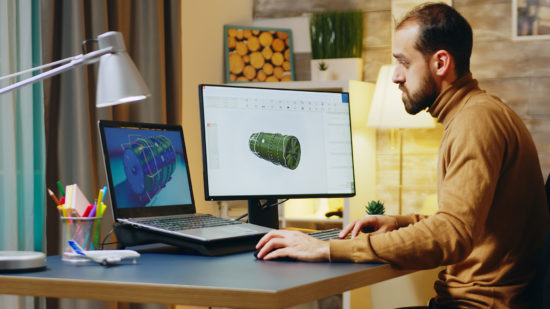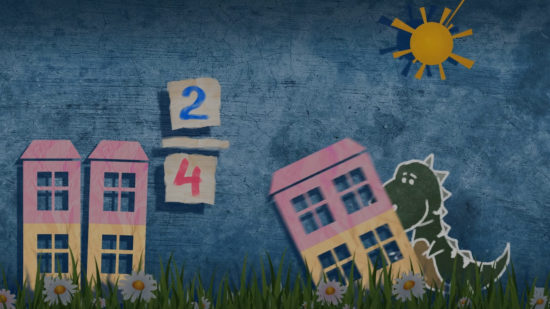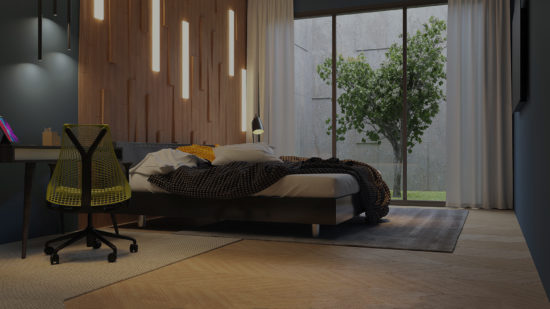Artistic expression through animation, coupled with the expansive reach of the internet, has paved the way for a novel method of communication, enhancing the ease of sharing ideas globally. Every piece of visual content is often brought to life by a vibrant character serving as its ambassador.
Creating an outstanding character is a crucial step in capturing the interest of a broad audience, particularly when targeting potential customers. Nevertheless, crafting such a character, especially within the nuances of character animation, can prove to be challenging without the assistance of custom animation services.
Our studio, steeped in extensive experience in animation, aims to impart our expertise by guiding you through the essentials of the character animation process. Our goal is to make your journey through the various styles of character animation both informative and enjoyable. By exploring the depths of motion character animation, we open doors to a world where every character we create not only tells a story but also connects deeply with the audience. Let us start by exploring the rich diversity of styles in character animation.
Character Animation Styles
2D animation
The foundation of the animation industry was laid many years ago with the advent of 2D animation. Historically, artists would produce animations of two-dimensional objects by thoroughly crafting numerous frames of flat characters and environments on paper. Presently, this process has evolved, with special software taking the place of paper in the creation process.
Animating a character in 2D requires artists to create a series of frames that replicate motion when sequenced at speed. This method, known for its frame-by-frame approach, mirrors the traditional technique of flipbook animation when executed on paper, bringing characters to life through a succession of meticulously drawn images. The transition from paper to digital has not only streamlined the process but has also expanded the possibilities for motion character animation, allowing for more complex and fluid movements in characters. As character animation evolves, capturing the essence of motion within each character remains a central tenet, demonstrating the enduring importance of animation techniques in storytelling.
3D animation
The process of 3D animation begins with the meticulous creation of a character, utilizing advanced software for various modeling, sculpting, and texturing techniques. Animators then employ multiple strategies to bring these 3D characters to life.
One such method allows animators to manipulate a model akin to puppetry, where different body parts are repositioned and secured within each frame, akin to frame-by-frame animation but within a three-dimensional scope.
Furthermore, seasoned professionals in the field of 3D animation often resort to the sophisticated techniques of rigging and skinning. This involves adjusting a character’s motion through its underlying skeleton structure, meticulously setting the movement for each muscle to achieve motion that mirrors the fluidity and naturalness of real life.
These methods, while complex, are fundamental in achieving lifelike character animation, showcasing the seamless integration of character and motion in the realm of motion character animation. Through such detailed and precise control, animators can produce animation that elevates the portrayal of characters, making every movement and expression resonate with realism.
Stop motion
The technique of stop motion animation plays a pivotal role in the creation of animated films, often employing puppets and dolls to craft vivid narratives. Throughout this meticulous process, artists manually adjust the positions of characters, capturing a sequence of photographs for each incremental movement. By skillfully editing these captured frames, animators weave together the illusion of fluid character motion.
When this animation technique is applied to dolls sculpted from clay, the process is termed claymation. This method allows for a unique blend of tactile textures and malleability, offering animators the flexibility to mold characters and scenes with a distinctive, lifelike quality.
Additionally, cutout animation represents another facet of stop motion, utilizing figures and elements meticulously cut from paper. This technique endows the animation with a distinct visual style, where the flat, two-dimensional characters are brought to life through motion, embodying a unique narrative charm.
Each of these methods — frame-by-frame animation, claymation, and cutout animation — contributes to the rich tapestry of character animation. They showcase the animator’s ability to infuse inanimate objects with motion and emotion, transforming them into compelling characters that capture the audience’s imagination. Through these diverse techniques, the art of animation continuously explores new dimensions of storytelling and character portrayal.
Rotoscope
Rotoscoping is a distinguished technique within animation, where artists meticulously capture character movements directly from live action. Essentially, characters are transitioned onto paper or a digital medium, frame by frame, in sync with the physical filming process. This approach, historically labor-intensive, has facilitated the depiction of character movements with unparalleled naturalism.
The advent of modern technology has ushered in significant advancements to this method, enabling artists to expedite the process without sacrificing the quality of motion. Utilizing advanced software, animators now overlay filmed frames with a foundational layer, which they intricately transform into animated sequences. This process imbues the final product with the essence of hand-painted animation, blending real-world motion with artistic interpretation.
Through such innovations, the art of character animation has evolved, allowing for more fluid and life-like character representations. This convergence of technology and traditional artistry in animation underscores the continuous pursuit of authenticity in character motion, enhancing the viewer’s connection to the animated narrative.
Motion capture
An advanced method of animation has evolved from the foundational principles of rotoscoping in the intricate process of motion capture. At the core of this technique is capturing authentic human expressions and movements through the performance of real actors. These actors don meticulously designed suits equipped with sensors and devices that map their physical actions directly onto computer software.
This technology enables the seamless translation of human motion into digital characters, regardless of their form in CGI, imbuing them with a layer of realism that mirrors natural movements. The software transforms these recorded actions into animated sequences, bridging the gap between human performance and digital portrayal.
A notable application of this method was when Benedict Cumberbatch played the dragon in The Hobbit. Adorned in a specialized suit festooned with wires, a microphone, and even a mini-camera, his performance was intricately captured. The recorded motions were a blueprint for animators to model and animate the dragon character on the computer, achieving a remarkable synergy between the actor’s performance and character animation.
Through such endeavors, the field of animation has embraced the subtleties of human motion, enriching the visual storytelling experience. Fusing real-world performances with digital creativity in character animation offers audiences a compelling portrayal of characters as dynamic and engaging as their real-world counterparts.
How to Make an Animated Character
Working on a movie, game, commercial, or another digital project, you need to know certain character animation features in order to succeed. So here we will share the main principles of how to make animated people for any kind of project.
2D character design for animation
Whether embarking on a project in 2D or 3D animation, the initial step for any artist involves crafting the concept for a future character. A well-conceived concept ensures a more comprehensive final result and streamlines the creative process.
Exploring the realm of character concept art unveils a rich and captivating subject area, yet our focus shifts to the nuances of designing a character specifically for animation. Essential to this process is the development of a 2D character sketch. This stage emphasizes the importance of delineating the character’s distinct and primary visual traits alongside contemplating the design of supplementary elements like costumes, accessories, or weaponry. Such preliminary work lays the groundwork for the subsequent creation and animation of the character.
Embarking on this journey, artists meticulously consider every aspect of the character’s appearance and how it complements their overall style and narrative role. This foundational work is critical, setting the stage for the animation phase, where the character is brought to life through motion. The intricate process of character animation transforms static images into dynamic entities, imbuing them with personality and depth. Through thoughtful design and skilled animation, characters become the beating heart of any animated narrative, captivating audiences with their movements and stories.
How to make a 2D animated person
At the dawn of animation, artists painstakingly crafted each frame by hand, bringing characters to life through frame-by-frame animation. Today, thanks to advancements in technology, the reliance on solely manual techniques has shifted. Contemporary animators breathe life into 2D characters using sophisticated software like Adobe Character Animator, Unity, and Blender, marking a significant evolution in the field.
After the initial design of a 2D character, various methods are available for animation, including frame-by-frame, motion capture, or animating individual body parts for a more detailed portrayal of motion. For instance, in environments such as Unity, artists can define character body parts as skeletal bones, employing specialized tools to animate them. This approach enables animators to choreograph a comprehensive range of movements without manually drawing each scene frame.
Moreover, animators craft suitable backgrounds that complement the character, occasionally animating elements within each scene to enhance realism. The challenge extends to simulating natural phenomena within the animated world, such as wind, light, and shadows, through visual effects, showcasing the transformative power of animation software. This integration of character animation with dynamic environments and effects exemplifies the magic of modern software, enriching the narrative and visual appeal of animation projects.
How to make 3D character animation
After creating the character concept art, professional animators follow five primary steps to get the animation perfectly done. So it’s pretty easy to animate a 3D character when you have specific skills, knowledge, and this step-by-step guide:
3D character modeling. Starting with blocking out (character model base creation), artists give their model a proper shape and work on the topology, color, as well as special features of the character’s appearance.
Design texturing. Once a model is ready, it’s time to provide it with natural textures. Artists work on the proper material for skin, hair, clothes, and accessories, creating several layers of materials and turning them into high-quality textures.
Rigging & skinning. Any good 3D character needs to have a unique skeleton for better animation. Rigging and skinning are professional techniques that allow the animation of every character’s muscle and the integration of all body parts as an entire mechanism.
Animation. The animation process implies the imitation of movements by setting up each scene frame according to a video product script. It’s one of the most time-consuming steps because the final movement must seem as natural as possible.
Additional details. The final step of the high-quality animation is finishing by setting up a camera angle and working on details like light and shadows. In addition, your 3D model should be implemented into the background to create a complete scene.
Regardless of the animation type, this process takes specific knowledge, skills, hardware, and software to apply. That’s why marketing teams, movie makers, and even game developers prefer to outsource an animation task to pros with enough resources. So in case you are one of the opportunistic entrepreneurs, you can learn more about how to outsource product animation to reliable specialists.
Character Animation Examples
The world is full of animated digital content, and we are sure that everyone has heard about vivid characters that represent some visual products. Now that you know how to make character animation, let’s have a look at the most popular animated human and animal-like characters or creatures presented in different industries.
Commercial character animation
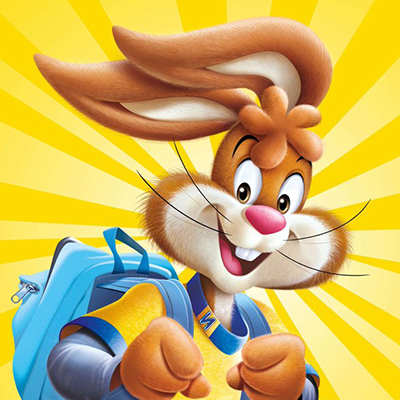
The famous bunny from the Nesquik commercial is familiar to most kids and adults. This character has become a fun and engaging face of many products like cereal, milkshakes, and cocoa. 2D animation of different techniques has been used in Nesquik commercials since the 1950s.
Movie character animation
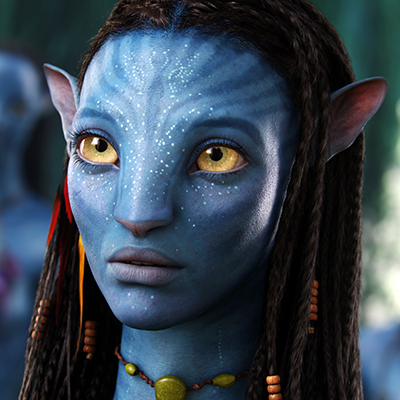
Avatar characters from the movie of the same name are stunning and remarkable. This example represents the result of the stop motion animation technique when real actors film in a cinema in specific suites, while the animation artists finalize these characters with computer software.
Cartoon character animation
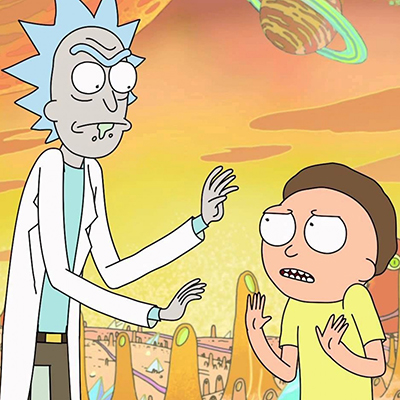
Rick and Morty is a popular science fiction sitcom for an adult audience. All the characters and the entire cartoon are created in 2D, so the artists of this project have used a combination of different 2D animation techniques, including frame-by-frame and cutout animation.
Game character animation
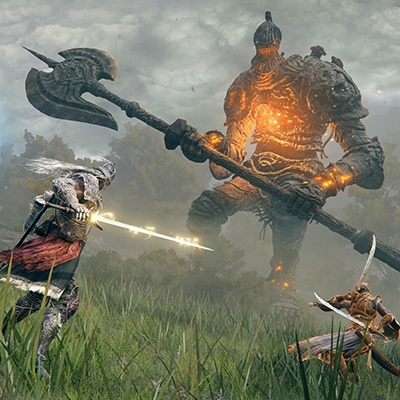
Elden Ring is one of the most anticipated games of 2022 that represents the great work of animation and VFX artists. Animators have used 3D animation, rigging, and skinning of the highest level, so gamers can play with custom characters, fighting unique creatures that move smoothly as well as naturally.
Make Your Character Animation Flawless With 3D-Ace Services
As you can see, the animation can range from a simple cutout to a complex and impressive 3D animation. However, creating any type of animation requires an integrated approach, as well as deep expertise, skills, and experience.
That is why outsourcing character animation to specialists is more efficient. Regardless of the level of complexity and project goal, the 3D-Ace team is ready to handle the crucial 2D/3D animation task.
Since we have years of experience in animation, 2D art creation, and 3D modeling, our specialists deliver outstanding results in any time frame. Additionally, we offer flexible business models that are suitable for all projects.
Don’t hesitate to contact us so that we can discuss the details of your project and agree on the appropriate conditions for you.

